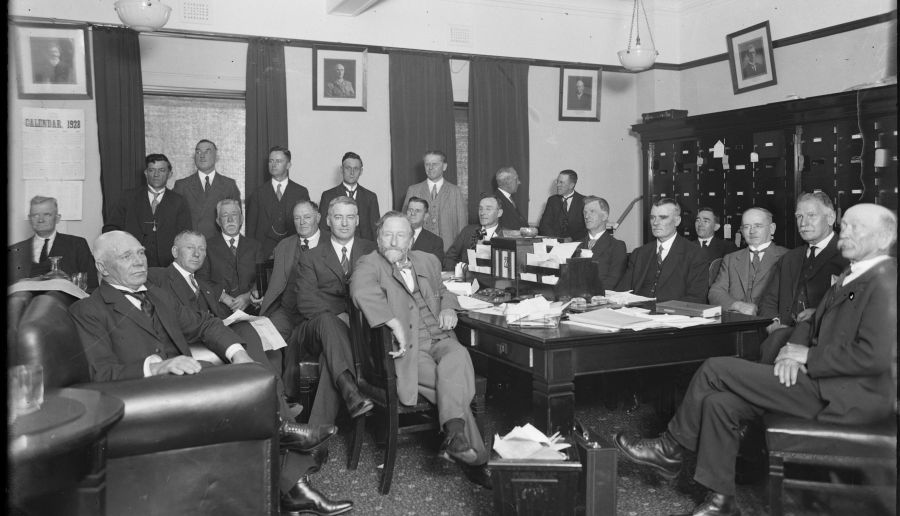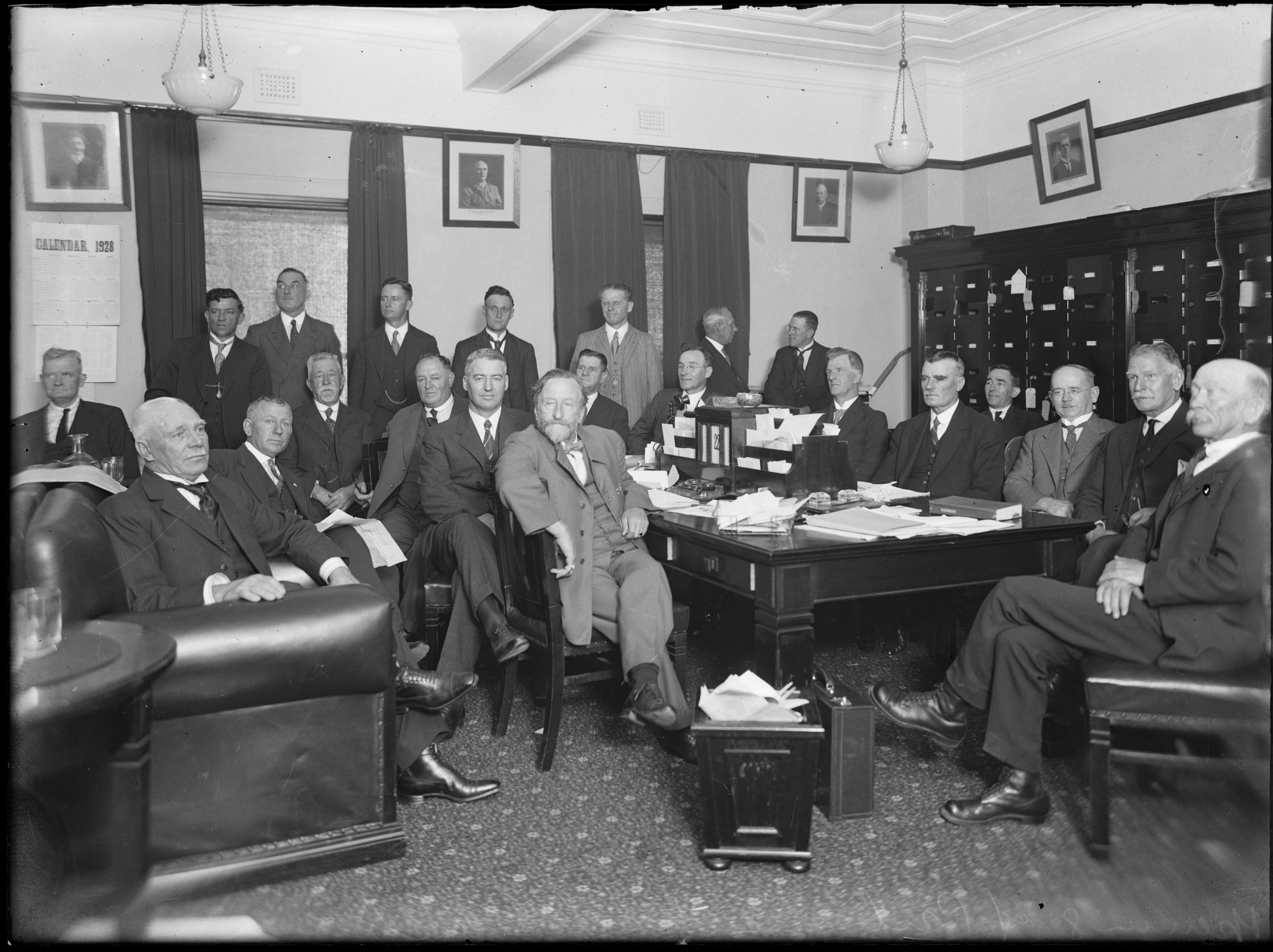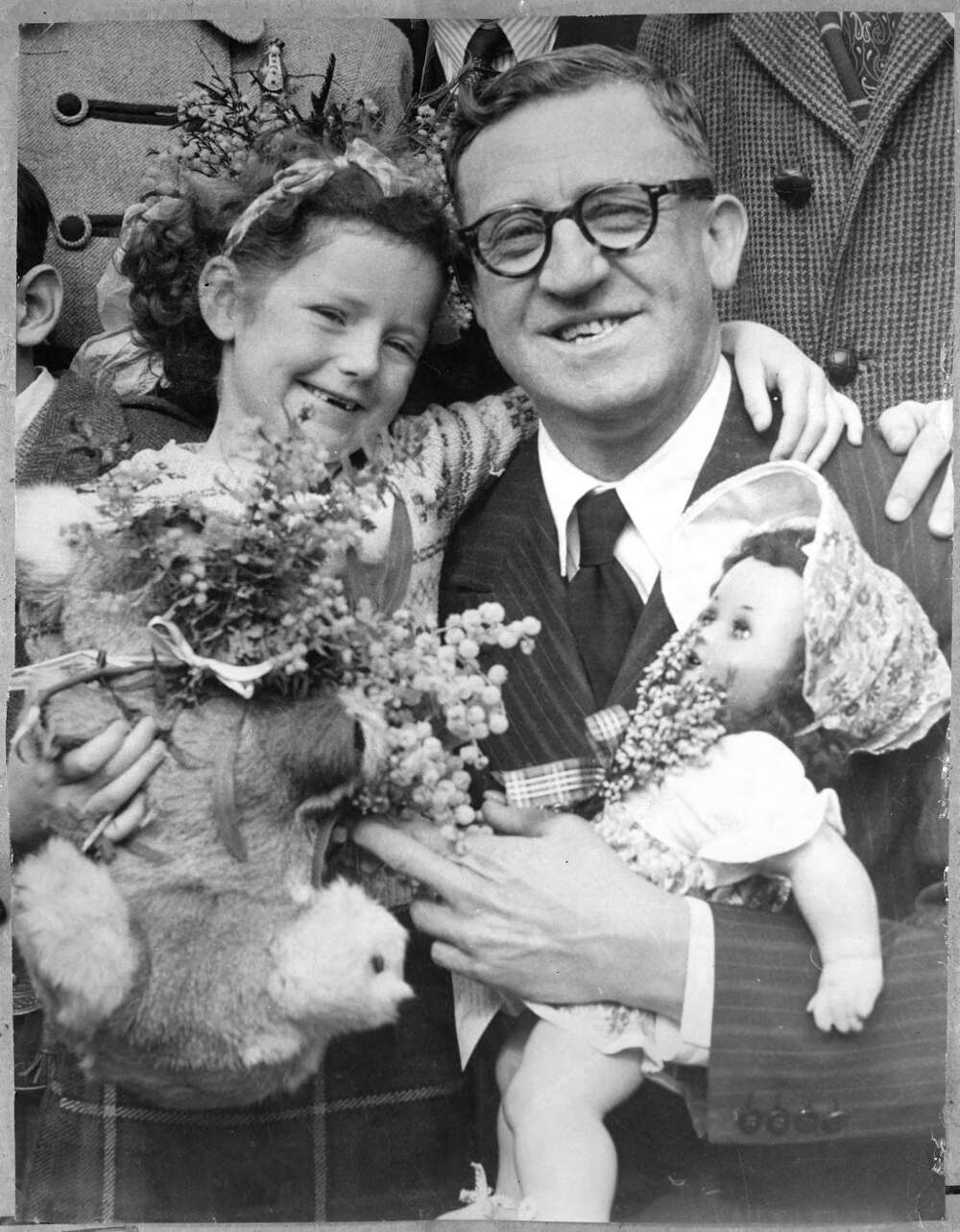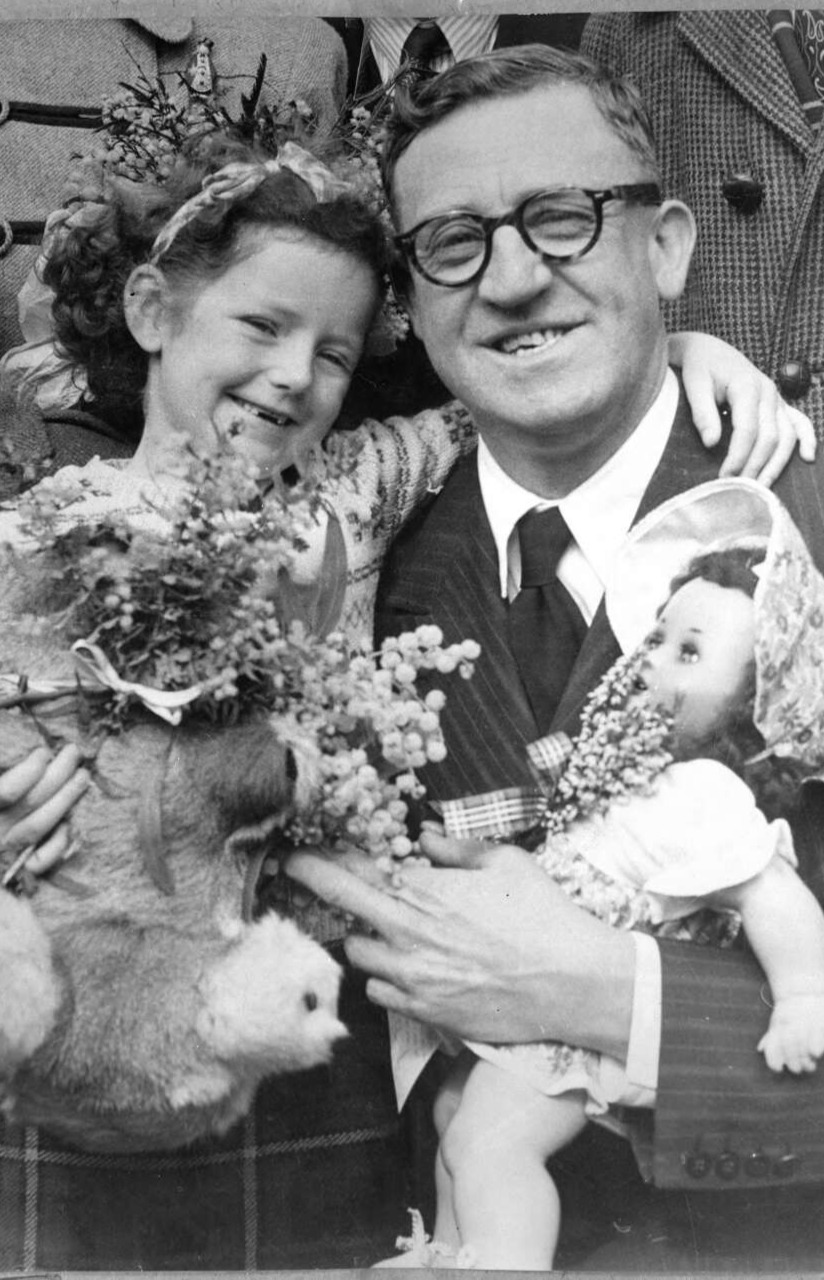
- Free Article: No
- Contents Category: Commentary
- Custom Article Title: ‘A happy white men’s club’
- Review Article: Yes
- Article Title: ‘A happy white men’s club’
- Article Subtitle: The Australian Labor Party’s uneasy history with immigration
- Online Only: No
- Custom Highlight Text:
On election day in 2022, thousands of Australian voters – perhaps already in line at their local primary school, democracy sausage in hand – received this text message. Refugees had not been a hot-button issue in this election, and the messages were generally seen as an unsuccessful last-ditch effort by a Coalition government already on the ropes. But the new Albanese Labor government was quick to confirm, just a day after being sworn in, that it had turned the boat back without hesitation. A public warning was issued to people smugglers that Australia’s border policy remained iron-clad and inflexible. Such statements are usually for the benefit of the Australian public, rather than an imagined audience of people smugglers.
- Featured Image (400px * 250px):

- Alt Tag (Featured Image): Ebony Nilsson on The Australian Labor Party’s uneasy history with immigration
Labor’s orthodoxy was deep scepticism about assisted migration and a strong commitment to excluding ‘coloured and other undesirable races’ (as the ALP’s first policy platform in 1900 put it). This was partly to protect Australian workers’ wages and conditions, which the labour movement had fought hard for. But the Australian worker was always a white man, and Labor was also deeply committed to an ideology of racial superiority. The party’s first leader, Chris Watson, who was briefly prime minister in 1904, set this out clearly, stating that his opposition to non-white migration ‘although … to a large extent tinged with consideration of an industrial nature – lies in the main in the possibility and probability of racial contamination’. State-assisted migration of any kind – even of British migrants – was also a potential threat. The Australian Workers’ Union warned in 1909 that it would ‘crowd the streets of our cities with poor men and women and starving children’.
Australia’s small population also posed a threat. Only a decade or so after Federation, conservative figures such as Liberal Party leader Joseph Cook warned that Australia had to ‘populate this continent or perish’. Population growth was required for economic development but also security. These were the deep anxieties of a settler-colonial society: the white man’s grip on Australia’s wide open spaces always seemed tenuous, no matter how much violence was perpetrated upon Indigenous peoples, with the imagined covetous gazes of nearby over-populated Asian countries.
These fears reached a high point with World War II, as Japanese conquests in the Pacific moved ever closer. Twin anxieties – that Australia had almost been ‘overrun’, and that it had to avoid the sort of economic collapse which followed the previous war – saw the Labor party’s attitude on assisted migration shift. Calwell, a long-time critic, was by 1945 proclaiming that Australia would commit ‘racial suicide’ if it did not increase its population. When it became clear that both Australia’s birth rate and the supply of British migrants were insufficient, Calwell sought more creative solutions.
 Arthur Calwell welcoming the 100,000th British migrant, Isobel Saxelby, 1949 (National Library of Australia)
Arthur Calwell welcoming the 100,000th British migrant, Isobel Saxelby, 1949 (National Library of Australia)
So it was a Labor politician who ushered in Australia’s first non-British mass migration. The war had displaced millions of people in Europe and this population crisis provided a convenient source of white, if not British, migrants. Calwell’s postwar migration scheme was carefully engineered. In many ways it was an economic necessity, as the postwar labour shortage became chronic. But Calwell still had to convince the public, and the trade unions, that migrants would create jobs rather than take them. The first step was an indentured labour scheme for the refugees whose passage was paid by the government and the International Refugee Organization. These migrants could be directed to work wherever the Commonwealth needed them for their first two years. The ALP also struck deals with the unions for Australian workers to have the ‘pickings’: new migrants would be sent to jobs and locations that Australians didn’t want. Finally, Calwell had to emphasise his migrants’ whiteness. The first photogenic boatload of displaced people was carefully selected, consisting mostly of ‘Balts’ – Latvians, Lithuanians, and Estonians. Calwell was photographed with smiling, blond-haired, blue-eyed refugees, whom he called ‘New Australians’.
Public opinion had perhaps already begun to shift. A 1943 Gallup poll found that while half opposed altering the White Australia policy, a strong minority – forty per cent – were in favour of ‘limited coloured immigration’. Nevertheless, Calwell was careful to assure Australians that, though these new refugee migrants were not British, White Australia remained intact. He even pledged that for every ‘foreign migrant’ there would be ten Britons – a statement that was largely aspirational. Between 1947 and 1951, more than 460,000 migrants, most of whom came from non-English speaking backgrounds, joined a population of just seven million. Labor lost office in 1949, but the Liberal Party pushed ahead with the postwar migration program. Australia’s policy and its demography had changed radically – but it remained white.
Calwell continued to spruik the necessity of population growth but was single-minded in deporting Asian migrants who had arrived during the war and blocking the entry of so-called ‘war brides’ from Japan. He stated openly in 1948 that Japanese people shouldn’t be permitted to ‘pollute’ Australia. This was perhaps a response to the recent events of war, at a time when anti-Japanese sentiment remained widespread. But Calwell also blocked other Asian migrants from migrating to or staying in Australia. They were not part of his vision for the new, postwar Australian nation. Calwell did enact minor reform for Chinese migrants already in the country, under pressure from local Chinese communities. And although public opinion still appeared decidedly opposed to Jewish migration (even as the Holocaust’s horrors became widely known), Calwell often quietly championed Jewish migration. He – and the Chifley government – had many of the old ALP prejudices and were deeply opposed to Asian immigration. Nevertheless, these Labor men of the old school executed a stunning immigration reform which began to dismantle the idea that Australia was a British nation.
But it was still a white nation. When the Labor party’s younger, educated, middle-class members began agitating for the party to withdraw support for White Australia, they met resistance. Calwell bemoaned these ‘long-hairs’ and worked to preserve the old ALP. White Australia was removed from Labor’s policy platform in 1965, but the pace of change remained slow. A Victorian ALP migrant committee was still complaining in the late 1960s that whenever immigration was raised, Labor members ‘suddenly become indistinguishable from their conservative counterparts. They all merge into a happy white men’s club.’
That club was broken up with the arrival of Gough Whitlam and his immigration minister Al Grassby (1972–74). From 1971, the ALP’s platform became explicitly non-discriminatory. For the first time, support for White Australia was no longer bipartisan. Following Menzies’ retirement in 1966, Harold Holt had enacted significant immigration reform, making space for some Asian migration. But the Liberal Party still refused to declare the era of White Australia over. It was Grassby, touring Asia to promote the government’s immigration reforms, who declared without equivocation that White Australia was dead (‘Give me a shovel and I will bury it’). The Racial Discrimination Act 1975 was another important symbolic change – for decades, racial discrimination had been enshrined in Australian law. Explicit legal protection was a significant victory.
This is not to say that Whitlam heralded a new era of tolerance and harmony in immigration. Economic downturn saw migration targets decrease, and there was no immediate increase in non-European migration. Whitlam’s interest was based primarily on foreign policy: he sought to improve Australia’s relations with its Asian neighbours. When his policy was tested by the prospect of assisted migration, as refugees began fleeing Vietnam (and a war to which Australia had contributed), older Labor attitudes prevailed. Few refugees were accepted and, if Clyde Cameron is to be believed, Whitlam informed his Cabinet that he ‘was not having hundreds of fucking Vietnamese Balts coming into this country with their religious and political hatreds against us’. This time it was not Labor which welcomed refugees en masse, but Malcolm Fraser’s Coalition government.
Labor under Bob Hawke and Paul Keating did oversee increased immigration from Asia and defended this policy robustly when it came under attack in the mid-1980s. Keating’s government, particularly, worked towards progressive goals in both Indigenous reconciliation and multiculturalism. But it was also the Keating government – under immigration minister Gerry Hand – that introduced mandatory detention for asylum seekers, in 1992. Subsequently, refugees would be routinely locked up while their claims were considered. The ghost of White Australia reared its head through the Howard era, with Pauline Hanson and her brand of noisy contempt for Indigenous Australians and Asian migrants, and the notorious Tampa affair of 2001. The Howard government’s refusal of the Tampa, a Norwegian ship carrying refugees rescued at sea, gave birth to the Pacific Solution and is often thought to have swung that year’s federal election in its favour. This politicised fear of uncontrolled arrivals by boat – of Asian, African, and Middle Eastern people, no less – was both new and very old. Asylum seekers became the new faces of non-European invasion and strong, ‘sovereign’ borders the cornerstone of Australian security.
The ALP’s defeat in the Tampa election continued to haunt the party. Throughout the election campaign, the Howard government was resolute on border security and continually accused Labor of being ‘wishy-washy’, willing to prioritise ‘illegal immigrants’ over Australians. Henceforth, the ALP would be extremely sensitive to accusations that it did not take Australia’s ‘sovereignty’ and national security seriously enough. In 2008, Kevin Rudd’s government did abolish Temporary Protection Visas, which held many asylum seekers in traumatic limbo, but there was still deep unease. Both Rudd and Julia Gillard, concerned about looking weak on security, continued hard-line approaches to boat arrivals, turn backs, and offshore detention.
And under Anthony Albanese? It’s difficult to say, after only a year. Though asylum seeker policy is one of the issues driving Labor voters into the arms of the Greens, the ALP does not yet appear inclined to change its stance. The new government’s response so soon after the election, at least, indicates that we are looking at more of the same. This ALP does not seem inclined to confront its complicated history regarding immigration and will continue to grapple with its deep unease over refugees and border policy. There have been signs of a more humanitarian approach, with the re-abolition of the Temporary Protection Visa and the decision to allow the Murugappan family to return to Biloela. These are important changes. But Operation Sovereign Borders, with its scary, deterrent website, remains in operation. Labor’s Home Affairs minister, Clare O’Neil, now appears in its videos, stern-faced, to declare that Australia’s ‘tough border protection policies’ remain and changes to the Temporary Protection Visa ‘do not apply to you’. The Greens’ immigration spokesperson, Nick McKim, summarised the views of many left-leaning voters after Labor’s response to the election-day boat, tweeting: ‘Meet the new boss, same as the old boss.’
The ALP may no longer look like the old ‘happy white men’s club’, but its ambivalence and uneasiness about refugees and assisted migration, it seems, remain.



Comments powered by CComment